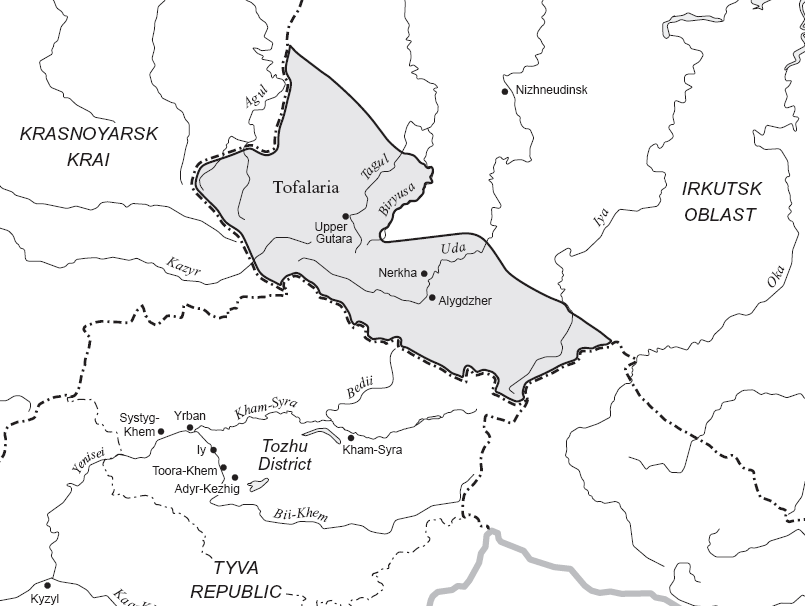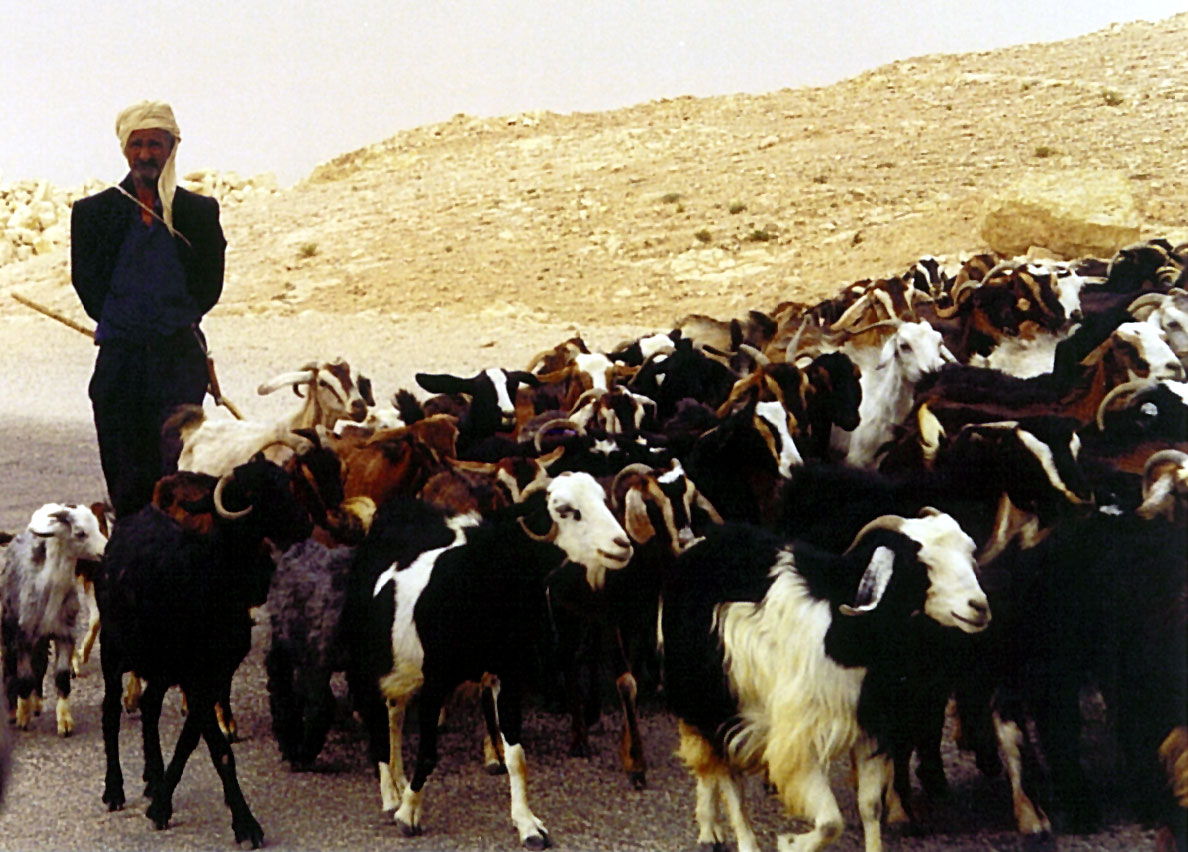|
Dukha People
The Dukha, DukhansElisabetta Ragagnin (2011)Dukhan, a Turkic Variety of Northern Mongolia, Description and Analysis Harrassowitz Verlag, Wiesbaden or Duhalar ( mn, Цаатан, Tsaatan) are a small Tuvan (Tozhu Tuvans) Turkic community of semi-nomadic reindeer herdersRégis DefurnauxOn the Move With Mongolia’s Nomadic Reindeer Herders ''New York Times'' (August 23, 2021). living in Khövsgöl, the northernmost province of Mongolia. The name Tsaatan, which means ‘those who have reindeer’ in the Mongolian language, were originally Tuvinian reindeer herders. Language The Dukhan language ( SIL International dkh) is an endangered Turkic variety spoken by approximately five hundred people in the Tsagaan-Nuur county of the Khövsgöl region of northern Mongolia. Dukhan belongs to the Taiga subgroup of Sayan Turkic ( Tuvan, Tofa). History Origin Originally from across the border in what is now Tuva Republic of Russia, the Dukha are one of the last groups of nomadic ... [...More Info...] [...Related Items...] OR: [Wikipedia] [Google] [Baidu] |
Tofa Language
Tofa, also known as Tofalar or Karagas, is a moribund Turkic language spoken in Russia's Irkutsk Oblast by the Tofalars. Recent estimates for speakers run from 93 people to fewer than 40. Classification Tofa is most closely related to the Tuvan language and forms a dialect continuum with it. Tuha and Tsengel Tuvan may be dialects of either Tuvan or Tofa. Tofa shares a number of features with these languages, including the preservation of *d as /d/ (as in ''hodan'' "hare" - compare Uzbek ''quyon'') and the development of low tones on historically short vowels (as in *''et'' > ''èt'' "meat, flesh"). Alexander Vovin (2017) notes that Tofa and other Siberian Turkic languages, especially Sayan Turkic, have Yeniseian loanwords. Geographical and demographical distribution The Tofa, who are also known as the Tofalar or Karagas, are an indigenous people living in southwestern Irkutsk Oblast, in Russia. The region they inhabit is informally known as Tofalaria. They are traditionally ... [...More Info...] [...Related Items...] OR: [Wikipedia] [Google] [Baidu] |
Herding
Herding is the act of bringing individual animals together into a group (herd), maintaining the group, and moving the group from place to place—or any combination of those. Herding can refer either to the process of animals forming herds in the wild, or to human intervention forming herds for some purpose. While the layperson uses the term "herding" to describe this human intervention, most individuals involved in the process term it mustering, "working stock", or droving. Some animals instinctively gather together as a herd. A group of animals fleeing a predator will demonstrate herd behavior for protection; while some predators, such as wolves and dogs have instinctive herding abilities derived from primitive hunting instincts. Instincts in herding dogs and trainability can be measured at noncompetitive herding tests. Dogs exhibiting basic herding instincts can be trained to aid in herding and to compete in herding and stock dog trials. Sperm whales have also been observe ... [...More Info...] [...Related Items...] OR: [Wikipedia] [Google] [Baidu] |
Grazing
In agriculture, grazing is a method of animal husbandry whereby domestic livestock are allowed outdoors to roam around and consume wild vegetations in order to convert the otherwise indigestible (by human gut) cellulose within grass and other forages into meat, milk, wool and other animal products, often on land unsuitable for arable farming. Farmers may employ many different strategies of grazing for optimum production: grazing may be continuous, seasonal, or rotational within a grazing period. Longer rotations are found in ley farming, alternating arable and fodder crops; in rest rotation, deferred rotation, and mob grazing, giving grasses a longer time to recover or leaving land fallow. Patch-burn sets up a rotation of fresh grass after burning with two years of rest. Conservation grazing proposes to use grazing animals to improve the biodiversity of a site, but studies show that the greatest benefit to biodiversity comes from removing grazing animals from the l ... [...More Info...] [...Related Items...] OR: [Wikipedia] [Google] [Baidu] |
Taiga
Taiga (; rus, тайга́, p=tɐjˈɡa; relates to Mongolic and Turkic languages), generally referred to in North America as a boreal forest or snow forest, is a biome characterized by coniferous forests consisting mostly of pines, spruces, and larches. The taiga or boreal forest has been called the world's largest land biome. In North America, it covers most of inland Canada, Alaska, and parts of the northern contiguous United States. In Eurasia, it covers most of Sweden, Finland, much of Russia from Karelia in the west to the Pacific Ocean (including much of Siberia), much of Norway and Estonia, some of the Scottish Highlands, some lowland/coastal areas of Iceland, and areas of northern Kazakhstan, northern Mongolia, and northern Japan (on the island of Hokkaidō). The main tree species, depending on the length of the growing season and summer temperatures, vary across the world. The taiga of North America is mostly spruce, Scandinavian and Finnish t ... [...More Info...] [...Related Items...] OR: [Wikipedia] [Google] [Baidu] |
Sense Of Community
Sense of community (or psychological sense of community) is a concept in community psychology, social psychology, and community social work, as well as in several other research disciplines, such as urban sociology, which focuses on the ''experience'' of community rather than its structure, formation, setting, or other features. The latter is the province of public administration or community services administration which needs to understand how structures influence this feeling and psychological sense of community. Sociologists, social psychologists, anthropologists, and others have theorized about and carried out empirical research on community, but the psychological approach asks questions about the individual's perception, understanding, attitudes, feelings, etc. about community and his or her relationship to it and to others' participation—indeed to the complete, multifaceted community experience. In his seminal 1974 book, psychologist Seymour B. Sarason proposed that ps ... [...More Info...] [...Related Items...] OR: [Wikipedia] [Google] [Baidu] |
Shishged Gol
The Little Yenisey (russian: Малый Енисей ''Maly Yenisey'') a river in northern Mongolia and in Tuva, Russia. At its confluence with the Great Yenisey in Kyzyl (Tuva), the Yenisey is formed. It is long, and has a drainage basin of . It rises in the Darkhad Valley in northwestern Khövsgöl aimag, Mongolia under the name Shishged Gol ( mn, Шишгэд гол; russian: Шишхид-Гол). Within Tuva it is called Kyzyl-Khem ( tyv, Кызыл-Хем - red river) and then Kaa-Khem ( tyv, Каа-Хем - little river) or ''Maly Yenisey''. Great Soviet Encyclopedia In the Darkhad Valley, it receives its tributaries [...More Info...] [...Related Items...] OR: [Wikipedia] [Google] [Baidu] |
Dood Tsagaan Nuur
Dood Tsagaan Lake ( mn, Доод Цагаан нуур: ''lit. "lower white lake"'', zh, 下查干湖, 下查干淖尔) is a lake in northwestern Khövsgöl aimag, Mongolia, between the sums of Tsagaannuur and Renchinlkhümbe Renchinlkhümbe ( mn, Рэнчинлхүмбэ) is a '' sum'' of Khövsgöl Province in Mongolia. The area is about , of which are pasture and 35% are forest. In 2000, the ''sum'' had 4284 inhabitants, mainly Darkhad. The ''sum'' center, offici .... It's sometimes divided into the Targan, Dund, and Kharmai lakes. Targan lake is 3.5 meters deep, Dund nuur 5 meters and Kharmai nuur 15 meters. Tsagaannuur's administrative center is located on the western shore of the lake. Lakes of Mongolia Khövsgöl Province {{Mongolia-geo-stub ... [...More Info...] [...Related Items...] OR: [Wikipedia] [Google] [Baidu] |
Citizenship
Citizenship is a "relationship between an individual and a state to which the individual owes allegiance and in turn is entitled to its protection". Each state determines the conditions under which it will recognize persons as its citizens, and the conditions under which that status will be withdrawn. Recognition by a state as a citizen generally carries with it recognition of civil, political, and social rights which are not afforded to non-citizens. In general, the basic rights normally regarded as arising from citizenship are the right to a passport, the right to leave and return to the country/ies of citizenship, the right to live in that country, and to work there. Some countries permit their citizens to have multiple citizenships, while others insist on exclusive allegiance. Determining factors A person can be recognized or granted citizenship on a number of bases. Usually, citizenship based on circumstances of birth is automatic, but an application may be required. ... [...More Info...] [...Related Items...] OR: [Wikipedia] [Google] [Baidu] |
Government Of The Soviet Union
The Government of the Soviet Union ( rus, Прави́тельство СССР, p=prɐˈvʲitʲɪlʲstvə ɛs ɛs ɛs ˈɛr, r=Pravítelstvo SSSR, lang=no), formally the All-Union Government of the Union of Soviet Socialist Republics, commonly abbreviated to Soviet Government, was the executive and administrative organ of state in the former Soviet Union. It had four different names throughout its existence; Council of People's Commissars (1923–1946), Council of Ministers (1946–1991), Cabinet of Ministers (January – August 1991) and Committee on the Operational Management of the National Economy (August–December 1991). It also was known as Workers-Peasants Government of the Soviet Union. The government was led by a chairman, most commonly referred to as " premier" by outside observers. The chairman was nominated by the Central Committee of the Communist Party of the Soviet Union (CPSU) and elected by delegates at the first plenary session of a newly elected Supreme Sovi ... [...More Info...] [...Related Items...] OR: [Wikipedia] [Google] [Baidu] |
Soviet Famine Of 1946–47
The Soviet Union,. officially the Union of Soviet Socialist Republics. (USSR),. was a transcontinental country that spanned much of Eurasia from 1922 to 1991. A flagship communist state, it was nominally a federal union of fifteen national republics; in practice, both its government and its economy were highly centralized until its final years. It was a one-party state governed by the Communist Party of the Soviet Union, with the city of Moscow serving as its capital as well as that of its largest and most populous republic: the Russian SFSR. Other major cities included Leningrad (Russian SFSR), Kiev (Ukrainian SSR), Minsk (Byelorussian SSR), Tashkent ( Uzbek SSR), Alma-Ata (Kazakh SSR), and Novosibirsk (Russian SFSR). It was the largest country in the world, covering over and spanning eleven time zones. The country's roots lay in the October Revolution of 1917, when the Bolsheviks, under the leadership of Vladimir Lenin, overthrew the Russian Provisional Govern ... [...More Info...] [...Related Items...] OR: [Wikipedia] [Google] [Baidu] |
Steppes
In physical geography, a steppe () is an ecoregion characterized by grassland plains without trees apart from those near rivers and lakes. Steppe biomes may include: * the montane grasslands and shrublands biome * the temperate grasslands, savannas and shrublands biome A steppe may be semi-arid or covered with grass or with shrubs or with both, depending on the season and latitude. The term "steppe climate" denotes the climate encountered in regions too dry to support a forest but not dry enough to be a desert. Steppe soils are typically of the chernozem type. Steppes are usually characterized by a semi-arid or continental climate. Extremes can be recorded in the summer of up to and in winter, . Besides this major seasonal difference, fluctuations between day and night are also very great. In both the highlands of Mongolia and northern Nevada, can be reached during the day with sub-freezing readings at night. Mid-latitude steppes feature hot summers and cold wi ... [...More Info...] [...Related Items...] OR: [Wikipedia] [Google] [Baidu] |



.jpg)

